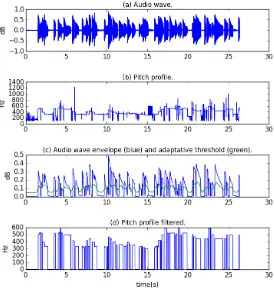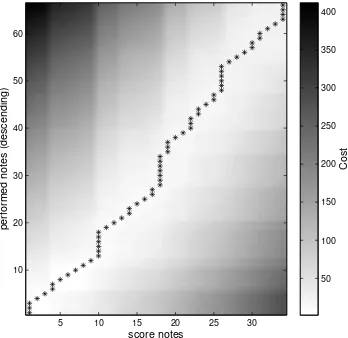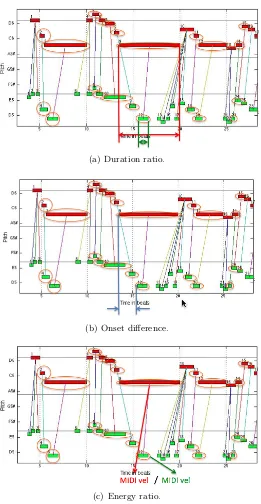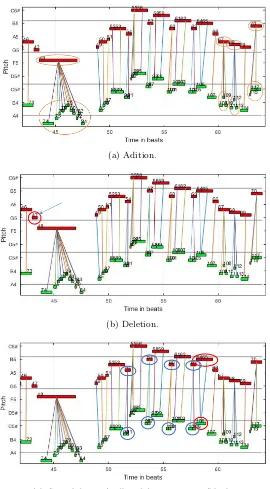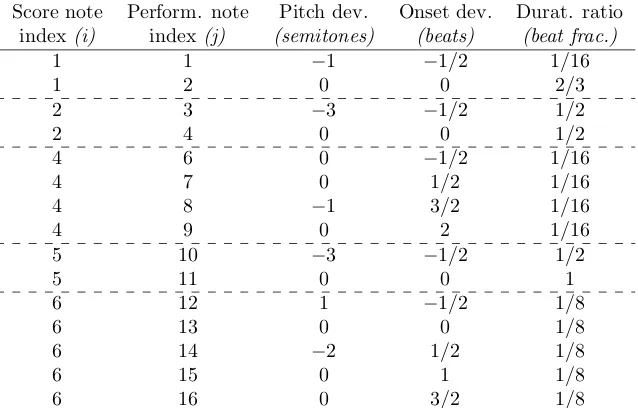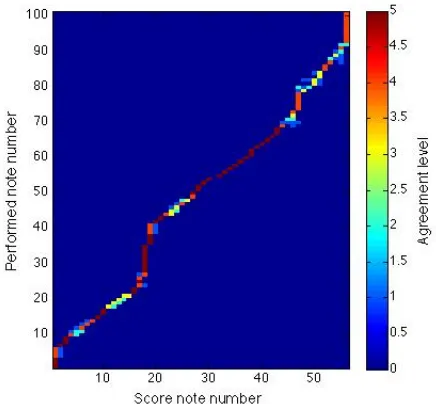Computational modelling of expressive music performance in jazz guitar: a machine learning approach
Texto completo
Figure
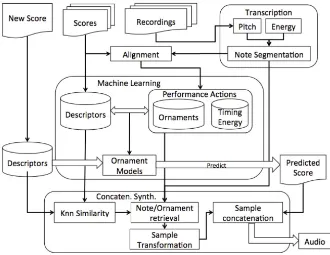
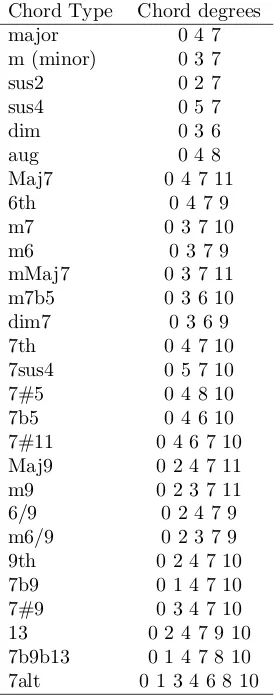
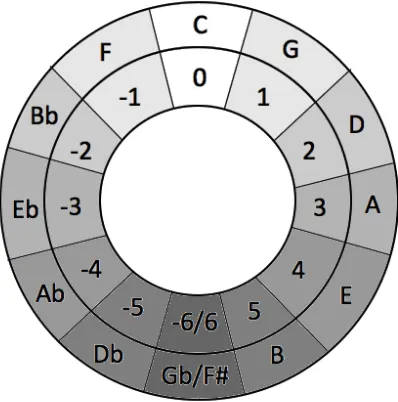
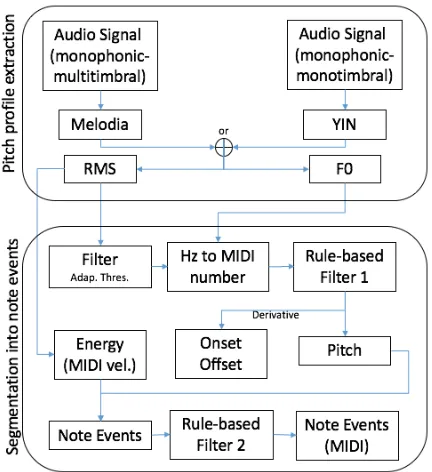
Documento similar
To understand the relation between the entropy coarse adaptation threshold ( E ) and the performance in terms of FScore and computational cost, we analyzed the performance of our
rous artworks, such as sonorou s poetry; d) instances of nOlHu1islie music, such as sonorous activiti es with soc ial, bu t not necessarily aes thetic, funct ions. Lango
Estas tendencias y movimientos discurren generalmente de manera solapada a la propia evolución y desarrollo de formas y estilos; así, por ejemplo, observamos como el jazz,
As mentioned at the beginning of this chapter, the primary objective of this research is to develop an expressivity-aware system for musical tempo transformations of audio
• Experiment 1: Real vs synthetic signatures perfor- mance. The performance of the selected verification system for the real and each of the synthetic databases is evaluated in
The aim is to build a system that will measure the performance parameters of throughput, packet losses, jitter and one-way delay using the technique of the packet time-stamping..
First, it studies the impact of the entrepreneur's capacity (training, experience and confidence) on business performance, and investigates the mediation of other factors such as
Finally, we built a computational model based on temporal information processing and representation for exploring how the temporal prosodic patterns of a specific culture influence
